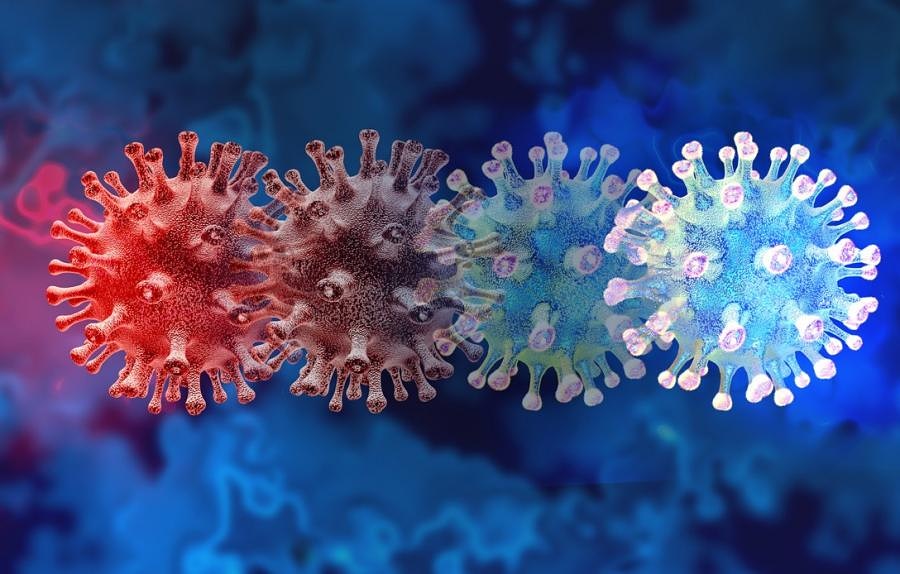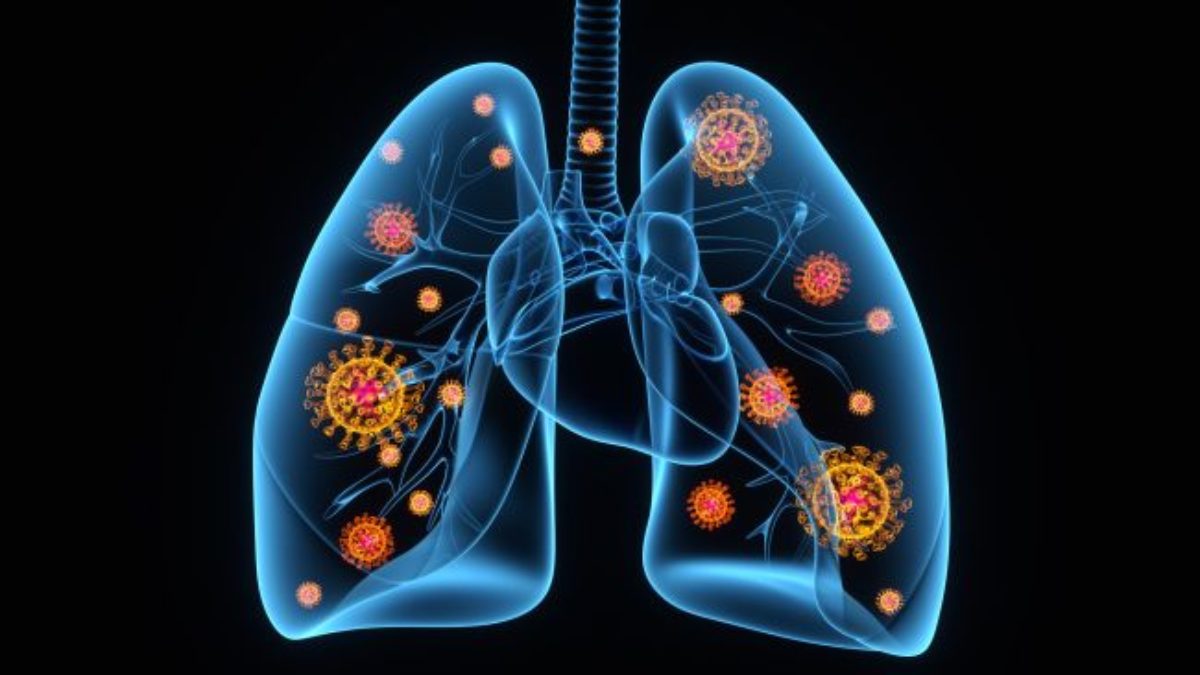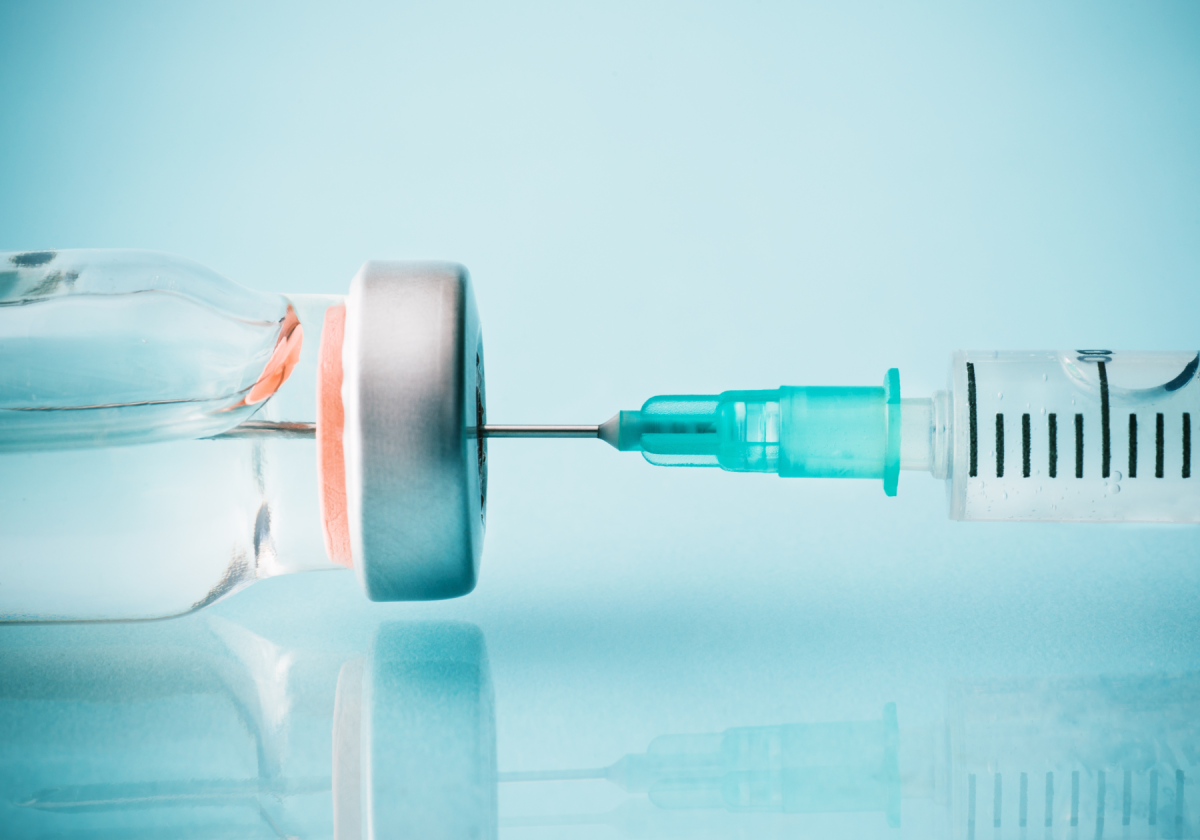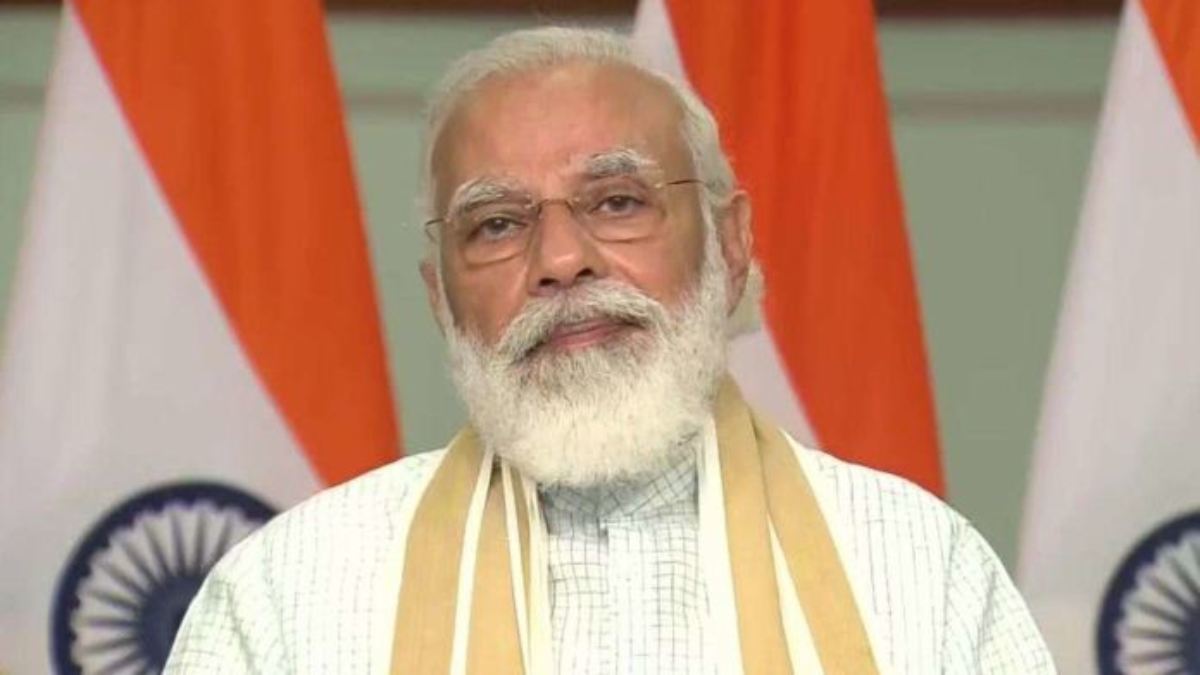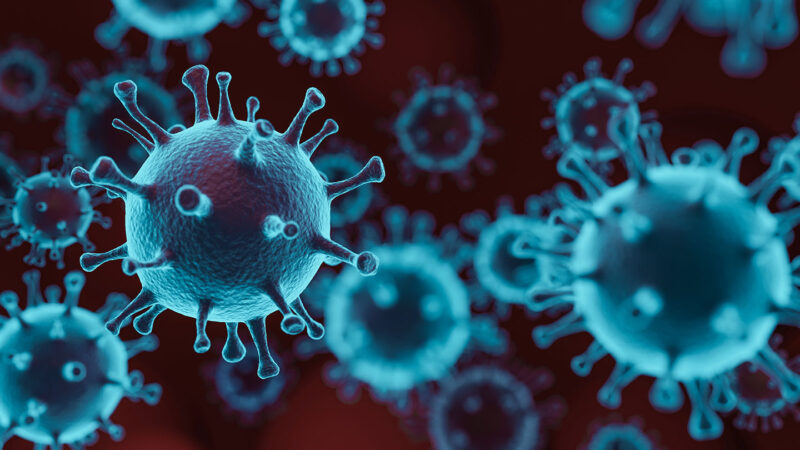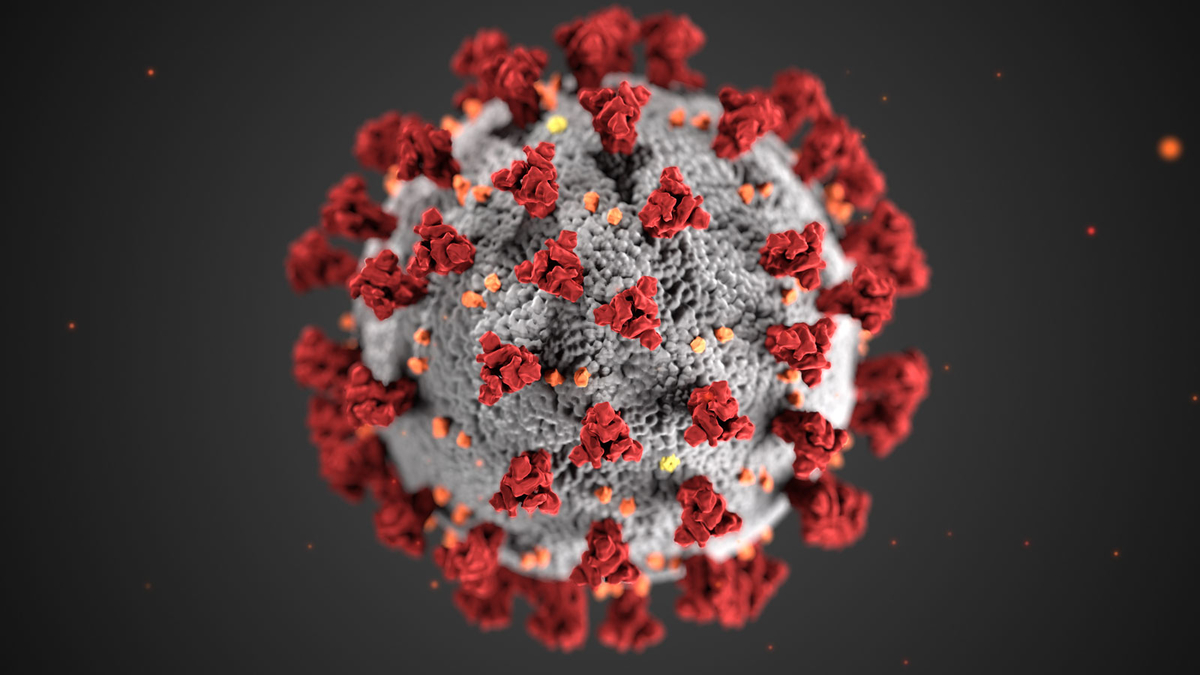coronavirus
Silent hypoxia, a condition when oxygen levels in the body are abnormally low, biomedical engineers used computer modeling to test out three different scenarios that help explain how and why the lungs stop providing oxygen to the bloodstream.
Many puzzling aspects of how the novel coronavirus attacks the lungs and other parts of the body, is still a matter of concern for scientist. The biggest and most life-threatening mysteries is how the virus causes “silent hypoxia,” a condition when oxygen levels in the body are abnormally low, which can irreparably damage vital organs if gone undetected for too long. Now, thanks to computer models and comparisons with real patient data, Boston University biomedical engineers and collaborators from the University of Vermont have begun to crack the mystery.
Despite experiencing dangerously low levels of oxygen, many people infected with severe cases of COVID-19 sometimes show no symptoms of shortness of breath or difficulty breathing. Hypoxia’s ability to quietly inflict damage is why it’s been coined “silent.” In coronavirus patients, it’s thought that the infection first damages the lungs, rendering parts of them incapable of functioning properly. Those tissues lose oxygen and stop working, no longer infusing the blood stream with oxygen, causing silent hypoxia. But exactly how that domino effect occurs has not been clear until now.
“We didn’t know [how this] was physiologically possible,” says Bela Suki, a BU College of Engineering professor of biomedical engineering and of materials science and engineering and one of the authors of the study. Some coronavirus patients have experienced what some experts have described as levels of blood oxygen that are “incompatible with life.” Disturbingly, Suki says, many of these patients showed little to no signs of abnormalities when they underwent lung scans.
To help get to the bottom of what causes silent hypoxia, BU biomedical engineers used computer modeling to test out three different scenarios that help explain how and why the lungs stop providing oxygen to the bloodstream. Their research, which has been published in Nature Communications, reveals that silent hypoxia is likely caused by a combination of biological mechanisms that may occur simultaneously in the lungs of COVID-19 patients, according to biomedical engineer Jacob Herrmann, a research postdoctoral associate in Suki’s lab and the lead author of the new study.
Normally, the lungs perform the life-sustaining duty of gas exchange, providing oxygen to every cell in the body as we breathe in and ridding us of carbon dioxide each time we exhale. Healthy lungs keep the blood oxygenated at a level between 95 and 100 percent – if it dips below 92 percent, it’s a cause for concern and a doctor might decide to intervene with supplemental oxygen. (Early in the coronavirus pandemic, when clinicians first started sounding the alarm about silent hypoxia, oximeters flew off store shelves as many people, worried that they or their family members might have to recover from milder cases of coronavirus at home, wanted to be able to monitor their blood oxygen levels.)
The researchers first looked at how COVID-19 impacts the lungs’ ability to regulate where blood is directed. Normally, if areas of the lung aren’t gathering much oxygen due to damage from infection, the blood vessels will constrict in those areas. This is actually a good thing that our lungs have evolved to do, because it forces blood to instead flow through lung tissue replete with oxygen, which is then circulated throughout the rest of the body.
But according to Herrmann, preliminary clinical data have suggested that the lungs of some COVID-19 patients had lost the ability of restricting blood flow to already damaged tissue, and in contrast, were potentially opening up those blood vessels even more – something that is hard to see or measure on a CT scan.
Using a computational lung model, Herrmann, Suki, and their team tested that theory, revealing that for blood oxygen levels to drop to the levels observed in COVID-19 patients, blood flow would indeed have to be much higher than normal in areas of the lungs that can no longer gather oxygen – contributing to low levels of oxygen throughout the entire body, they say.
Next, they looked at how blood clotting may impact blood flow in different regions of the lung. When the lining of blood vessels get inflamed from COVID-19 infection, tiny blood clots too small to be seen on medical scans can form inside the lungs. They found, using computer modeling of the lungs, that this could incite silent hypoxia, but alone it is likely not enough to cause oxygen levels to drop as low as the levels seen in patient data.
Last, the researchers used their computer model to find out if COVID-19 interferes with the normal ratio of air-to-blood flow that the lungs need to function normally. This type of mismatched air-to-blood flow ratio is something that happens in many respiratory illnesses, such as with asthma patients, Suki says, and it can be a possible contributor to the severe, silent hypoxia that has been observed in COVID-19 patients. Their models suggest that for this to be a cause of silent hypoxia, the mismatch must be happening in parts of the lung that don’t appear injured or abnormal on lung scans.
Altogether, their findings suggest that a combination of all three factors are likely to be responsible for the severe cases of low oxygen in some COVID-19 patients. By having a better understanding of these underlying mechanisms, and how the combinations could vary from patient to patient, clinicians can make more informed choices about treating patients using measures like ventilation and supplemental oxygen. A number of interventions are currently being studied, including a low-tech intervention called prone positioning that flips patients over onto their stomachs, allowing for the back part of the lungs to pull in more oxygen and evening out the mismatched air-to-blood ratio.
“Different people respond to this virus so differently,” says Suki. For clinicians, he says it’s critical to understand all the possible reasons why a patient’s blood oxygen might be low, so that they can decide on the proper form of treatment, including medications that could help constrict blood vessels, bust blood clots, or correct a mismatched air-to-blood flow ratio.
India’s cumulative vaccination coverage nears 12 crores with over 30 lakh doses given in the last 24 hours.
A total of 11,99,37,641 Vaccine doses have been given as per provisional report by the Health Ministry of India.
30,04,544 inoculations were done in the last 24 hours as on day 91 of the vaccination drive.
New cases in the last 24 hours: 2,34,692
Total deaths in 24 hours: 1,341
Two doctors, father and son, from Kalyan died due to coronavirus while the mother is serious in a Vasai based hospital. The father and son duo had been involved in Covid care for a year.
The family members were admitted in different municipal corporation areas, reports TOI. While Dr Nagendra (58) was admitted in Thane’s Vedanta Hospital, his son got a private bed in Goregaon. TOI further reports that the mother is admitted in a hospital in Vasai-Virar region.
It is still uncertain if the father son duo received vaccine shots.
To improve the immunity levels during covid times it’s important to have adequate doses of vitamin D adequate doses of vitamin C&B complex supplements also pre and probiotics naturally occurring pre and probiotics are in yogurt as well as curd yakult is another supplement available in the market you can have that and kimchi which is a Korean salad is a fermented Korean salad is again something good which can give us probiotics which are helping the market which you can pick up and have one to improve your immunity vitamin C is very important.
It’s important to understand that vitamin C is got from oranges, grapes kivi and other citrus fruits. Vitamin C supplements in the form of celecelin, juicy, Limsey can also be had once a day, 500 milligrams of vitamin C per day is important for us vitamin D, if you are low in vitamin D then also are immunity goes down, So to improve the vitamin it’s important to understand have certain amount of sunlight getting into our system maybe 25 minutes per day if it cannot happen then go for supplements which are available in the market in the form of a uprize D or depura which you can have once.
60,000 units once a week it improves your vitamin D. B complex in the form of capsules available in the market are there zinc is a very important feature to fight the covid. Zinc is available in various fruits as well as vegetables but it’s also more so found in seafood and zinc it is found in the form of a zincovit or zinckonia supplements so you can have more of them.
Fitness is very important if you’re walking wearing a mask for those 30 or more minutes this also improves immunity level.
Credits: Dr Suneet Khanna
A report published in the Journal The Lancet has dismissed the predominant scientific view that Covid-19 , the coronavirus is not an airborne pathogen.The authors of this latest report have given 10 reasons for their claim that “SARS-CoV-2 is transmitted primarily by the airborne route.”
It’s written by six experts from the UK, the US and Canada, argues that there is insufficient grounds for concluding that a pathogen is not airborne”, the experts has called for modification in the guidelines of COVID-19 protocol.
"Ten streams of evidence collectively support the hypothesis that #SARS-CoV-2 is transmitted primarily by the airborne route."
— The Lancet (@TheLancet) April 16, 2021
New Comment from @trishgreenhalgh, @kprather88, @jljcolorado, @zeynep, @dfisman, and Robert Schooley. #COVID19 https://t.co/2z8jLEcOPH
Accordingly to Dr Rakesh Mishra, Director, CSIR-CCMB, “Don’t remove mask at any public place , we don’t get clustered at close environment where there is no air , even WHO has also issued advisory its by touching it can hang in air till two hours particularly when there is no airflow, don’t let virus go out don’t take it in, essentially donn’t stay in or cluster yourself we have ignored that’s why we are going through this pandemic.”
COVAXIN vaccine doses production will be increase to 6-7 fold by July
Under Atmanirbhar Bharat 3.0 Mission COVID Suraksha was announced by the Government of India, to accelerate the development and production of Indigenous COVID Vaccines. This is being implemented by Department of Biotechnology Govt of India. According to the Ministry of Science and Technology , the Department of Biotechnology will provide financial support in manufacturing,” Department of Biotechnology is providing financial support as Grant to vaccine manufacturing facilities for enhanced production capacities. Current production capacity of indigenously developed Covaxin vaccine will be doubled by May-June 2021,”
It’s expected that the production will be increased more till month of July, “Nearly 6-7 fold by July – August 2021 i.e increasing the production from 1 crore vaccine doses in April, 2021 to 6-7 crore vaccine dose/month in July – August. It’s expected to reach nearly 10 crore doses per month by Sep 2021,”
In the wake pf explosive spread of Covid-19 during the second wave, the Union Health Minister Dr. Harshvardhan visited AIIMS to review the facilities available at AIIMS Trauma Centre , the facilities available including the oxygen supply in the trauma centre of AIIMS for the Covid patients. In the review meeting AIIMS director Dr Randeep Guleria and other doctors from AIIMS was also present.
“Covid – appropriate behavior implementation is the biggest challenge before us. People have become casual during second wave. We are doing everything to speed up vaccination and bring more vaccine in to the country. We have already given ventilators to the states and they are not demanding more because they are not able to use the current ones because of lack of space. In the last week we took many decisions to strengthen the supply of oxygen on the same dynamic pattern as we did last year,” Dr Harsh Vardhan said.
“Our biggest fight this time is to teach COVID appropriate behaviour to the people. People have adopted a casual approach which is very dangerous. COVID Appropriate behaviour is the biggest social tool we have to break the chain.”In order to encourage the public from following CAB in the quest for a COVID free environment, he put out statistics that demonstrate the diligence of the general public along with the hard-work of healthcare and frontline workers: “India has 52 districts with no fresh cases in 7 days, 34 districts with no fresh cases in 14 days, 4 districts with no fresh cases in 21 days and 44 districts with no fresh cases in 28 days.” Says the statement
On Remdesivir he said , “He also detailed steps taken by the Union government to stop black marketing of drugs like Remdesivir and Itolizumab”.
My heart goes out to #COVID19 patients, some of whom I met today at AIIMS trauma centre.
— Dr Harsh Vardhan (@drharshvardhan) April 16, 2021
It's their fighting spirit and the tireless, selfless service of our saint-like #coronawarriors that bolster our will & strength to collectively fight & end this #pandemic@MoHFW_INDIA pic.twitter.com/XhWel10BRZ

